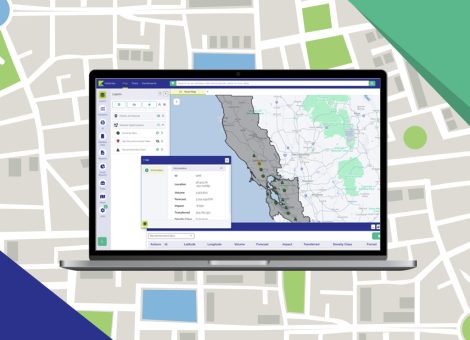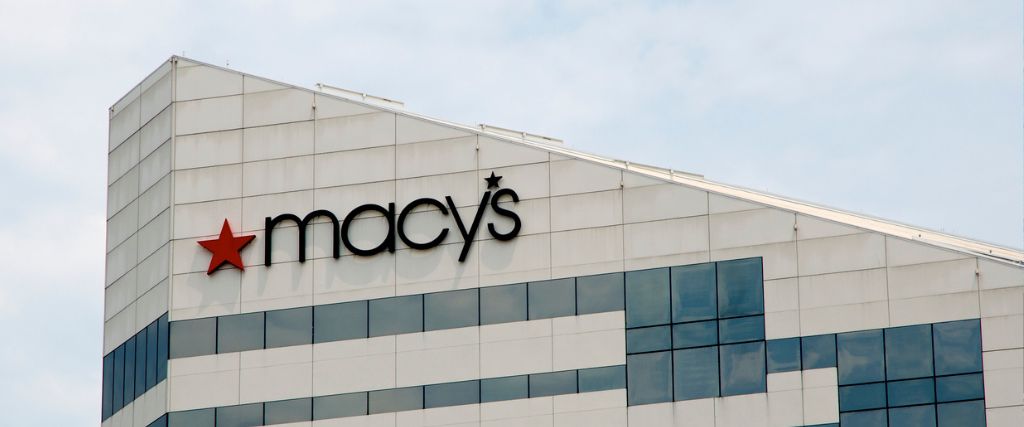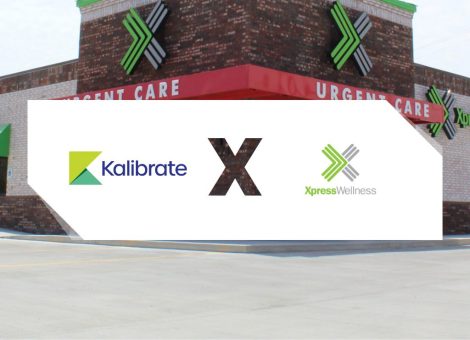Will small format stores be the savior of Macy’s?

Macy’s is currently the target of a $5.8 billion buyout offer from Arkhouse Management and Brigade Capital. Many industry analysts believe that the offer is premised on the value of Macy’s real estate assets, including the Herald Square location made famous in the movie “Miracle on 34th Street”. Macy’s management team has been touting the impact of the Polaris turnaround plan introduced in February 2020, a plan that included accelerated digital growth, the closure of 125 less productive stores, continued off-price expansion (both Backstage and The Outlet), and a new off-mall store format.
The off-mall format, originally called “Market by Macy’s” (since changed simply to “Macy’s”) and “Bloomie’s”, has been frequently cited by Macy’s as a future growth vehicle. In a March 2023 earnings call, CEO Jeff Gennette touted the comp sales growth experienced by small-format stores – 8% positive comps for the 5 Market by Macy’s stores open more than 12 months, and a 12% positive comp for the one Bloomie’s store open more than 12 months. Furthermore, in a November 2023 earnings call, Tony Spring (President and Incoming CEO) stated that Macy’s planned to add another 30 small-format stores by fall 2025, on top of the 16 already in operation.
Despite the hype surrounding their small-format openings, there are two reasons why these small-format stores will have no appreciable impact on Macy’s future:
Comp sales growth
The 12% and 8% comp sales growth for six stores open more than a year as of Q1 2023 is not as encouraging as it might first appear. New stores typically experience stronger comp sales growth than older stores in their first year of operation, given the fact that consumers need some time to discover and patronize those stores. This is particularly true for Macy’s small-format stores, which are typically recycled real estate in existing shopping centers that do not have the same splash or impact as a new regional shopping mall. As such, average ~10% comp sales growth in the second year of operation is hardly a sign of an unqualified success. (It is worth noting that Macy’s management has continued to state that older small-format stores are achieving positive comp sales growth, but have not revealed any actual percentage growth figures since March 2023.)
Proportion of total store space
Macy’s plans to add another 30 small-format stores on top of the 16 in existence over a 2-year period is impressive, but their impact will barely be felt by the chain. In their FY 2022 10-K report, Macy’s stated that they operate 111 million square feet of retail space. Macy’s further stated that the average size of a small-format store is 30,000 – 50,000 gross square feet – if we use an average 40,000 gross square feet per store, then Macy’s will have an estimated 1,840,000 gross square feet of retail space in their 46 small-format stores, or 1.66% of total retail space. Even if small format stores achieve comp sales growth that is 10 percentage points higher than traditional department stores, the net impact after two years will be a 0.2% increase in comp sales – hardly more than a decimal point rounding error.
In fairness, Macy’s is to be commended for their efforts in creating and deploying a small-format prototype. Given the deteriorating condition of many of America’s regional malls, the development of an off-mall prototype is a worthy effort for both Macy’s and Bloomingdale’s.
If Macy’s is successful in providing nearby consumers with a localized, curated selection of merchandise to address their shopping needs, that is indeed a worthy endeavor. However, while this strategy serves as a positive talking point during earnings call and interviews with retail reporters, it is clear that Macy’s will need some additional arrows in its quiver if it wishes to survive as a retail entity.
Read more articles about:
Location intelligenceSubscribe and get the latest updates
You may unsubscribe from our mailing list at any time. To understand how and why we process your data, please see our Privacy & Cookies Policy
Related posts
Location intelligence
Market Optimizer: Demo video
Market Optimizer allows users to strategically grow their network in existing markets while balancing revenue...

Fuel pricing
The Kalibrate news round-up: June 2025
In this monthly feature, we look across the industry and mainstream news to uncover stories of note that we think are...



